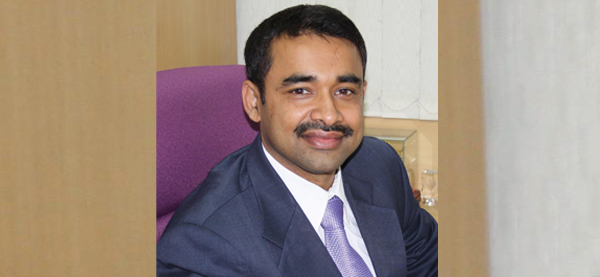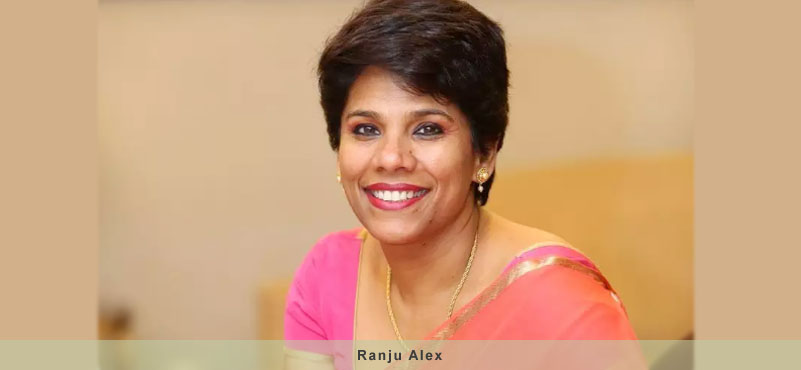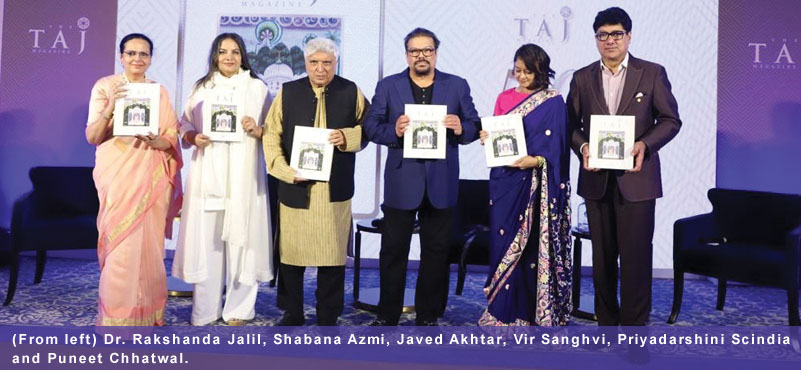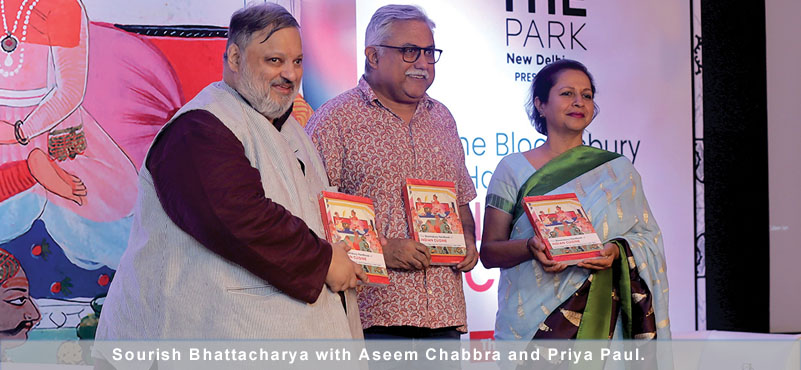Shwetank Singh, Vice President – Development & Asset Management- InterGlobe Hotels (IGH) is bullish on the market. He argues that there are visible greenshoots in the commercial real estate space which augurs well for the industry. Sharing that the group is keen on further expansion of its portfolio in tier-1 cities, he talks to us about the imminent roadmap, and trends in the mid-segment space. An exclusive interview:
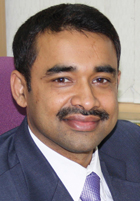 What: InterGlobe Hotels has maintained a robust growth strategy, steadily expanding its footprints in primary and secondary markets. The strategy is set to continue, only with a ‘slight tweak’, says Shwetank Singh. “The slight change in the strategy is that our focus is on tier-1 markets. There are several markets in the larger cities now where we are having multiple properties. We feel that these tier-1 cities can hold a lot more hotels,” he says. Illustrating his point, he mentions how the group has consolidated in markets like Mumbai and Pune – with multiple properties in key micro-markets on offer. “In Pune, we already have two properties. So, our strategy, heading forward, will be to continue to acquire,” he adds.
What: InterGlobe Hotels has maintained a robust growth strategy, steadily expanding its footprints in primary and secondary markets. The strategy is set to continue, only with a ‘slight tweak’, says Shwetank Singh. “The slight change in the strategy is that our focus is on tier-1 markets. There are several markets in the larger cities now where we are having multiple properties. We feel that these tier-1 cities can hold a lot more hotels,” he says. Illustrating his point, he mentions how the group has consolidated in markets like Mumbai and Pune – with multiple properties in key micro-markets on offer. “In Pune, we already have two properties. So, our strategy, heading forward, will be to continue to acquire,” he adds.
Taking stock of the demand-supply equilibrium, and responding when asked whether the demand side has seen a growth, he notes that demand has never been issue. “The difficult phase that the industry went through was because of over-supply and not because of lack of demand. The demand was always there. It continues to grow at it was, between 12-15%,” Shwatank Singh explains. He adds that that the mismatch was a result of the industry’s desire to remain present in the same micro-market, all at the same time.
Real estate showing signs of greenshoots: A major development in the recent few months has been the downward spiral in which the real estate market, both commercial and residential sectors, has found itself in. However, it is unlikely to deter the InterGlobe Group from its expansion spree. “The state of the real estate market aside, being an institutional investor, we continue to expand and acquire. From our point of view, we are buyers, so I certainly think that it is a good time to acquire as valuations are more reasonable, as opposed to what it was earlier,” explains Shwetank Singh. Adding that even the valuable of properties in the market have become more “logical and meaningful” now in past year and a half, he highlights how the transaction space has seen a scurry of activities. “If you see what has happened in the transaction space in the brownfield segment, it has picked up. There are a lot more transactions happening. The value of total transaction was a lot more in the past year than what it was cumulatively for the past few years,” he details.
Admitting that while there is a softening of prices and a lot of structural weakness in, both, commercial and residential marketspace, he says “visible greenshoots is a respite, especially, in the commercial real estate market. It has come about in the last 3-4 months. While the residential sector is lagging behind, but it will also improve once the commercial real estate sector picks up,” he says. “But the full recovery is yet, at least, 12-24 months away,” he adds.
Key trends in the marketplace: Sharing some key trends in the mid-segment space, he notes that consumers, by the virtue of being more tech-savvy and aware of offerings, have altered the way hotels are approaching their consumers. “Consumers are increasingly going digital and hospitality industry has never been a very tech savvy industry. The industry has now woken up to the reality that the number of clienteles that you can service though the online medium is a lot,” says the VP. “In our system, we have a seen a course correction from about 6-7% of our total bookings from online channels to close to 30-35% of total bookings – which is significant,” he adds.
He shares that much of the course correction has also been a result of the peculiar nature of the Indian market. “When international hotel chains came into India, they started operations following the same models that they had employed before. But India is a different market. It is uniquely diverse and thus there has been a course correction by hotels, in the last few years, in the way they are approaching their clientele,” he shares.
Further deciphering market trends, he notes that F&B segment has emerged as an important element in attracting guests. He says that with its new properties, “the group is looking at having larger banqueting area to provide ample space for get-togethers and functions like cocktails and dinners.”
To sum up, with strong institutional capital, a recovering market and consistent demand, the expansion strategy is most likely to help the hotel group further consolidate its ground in key hospitality markets in the country.

